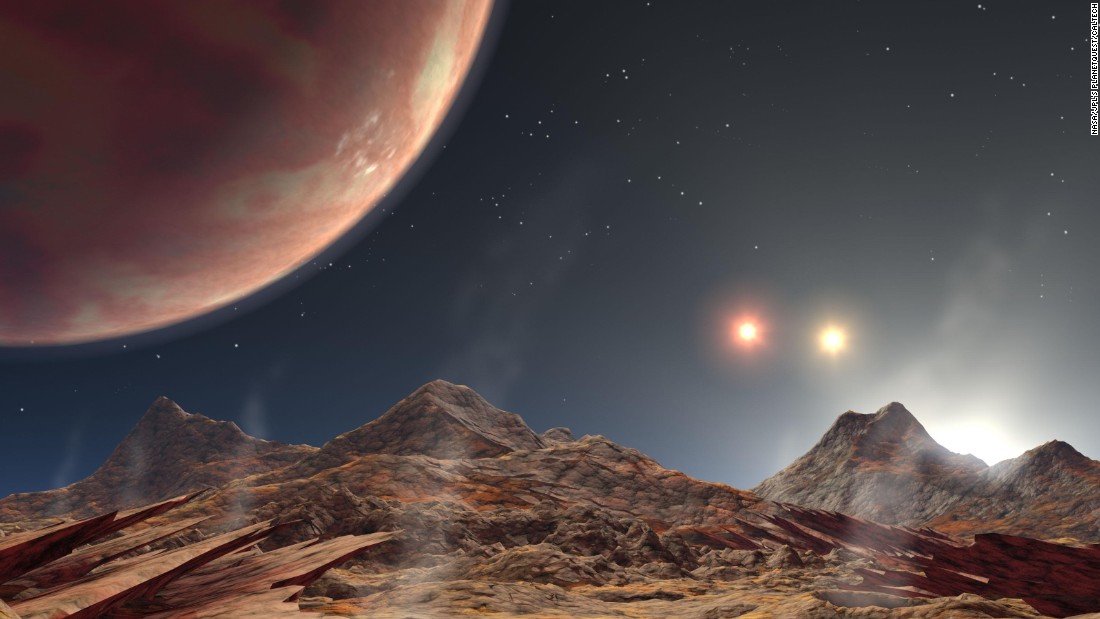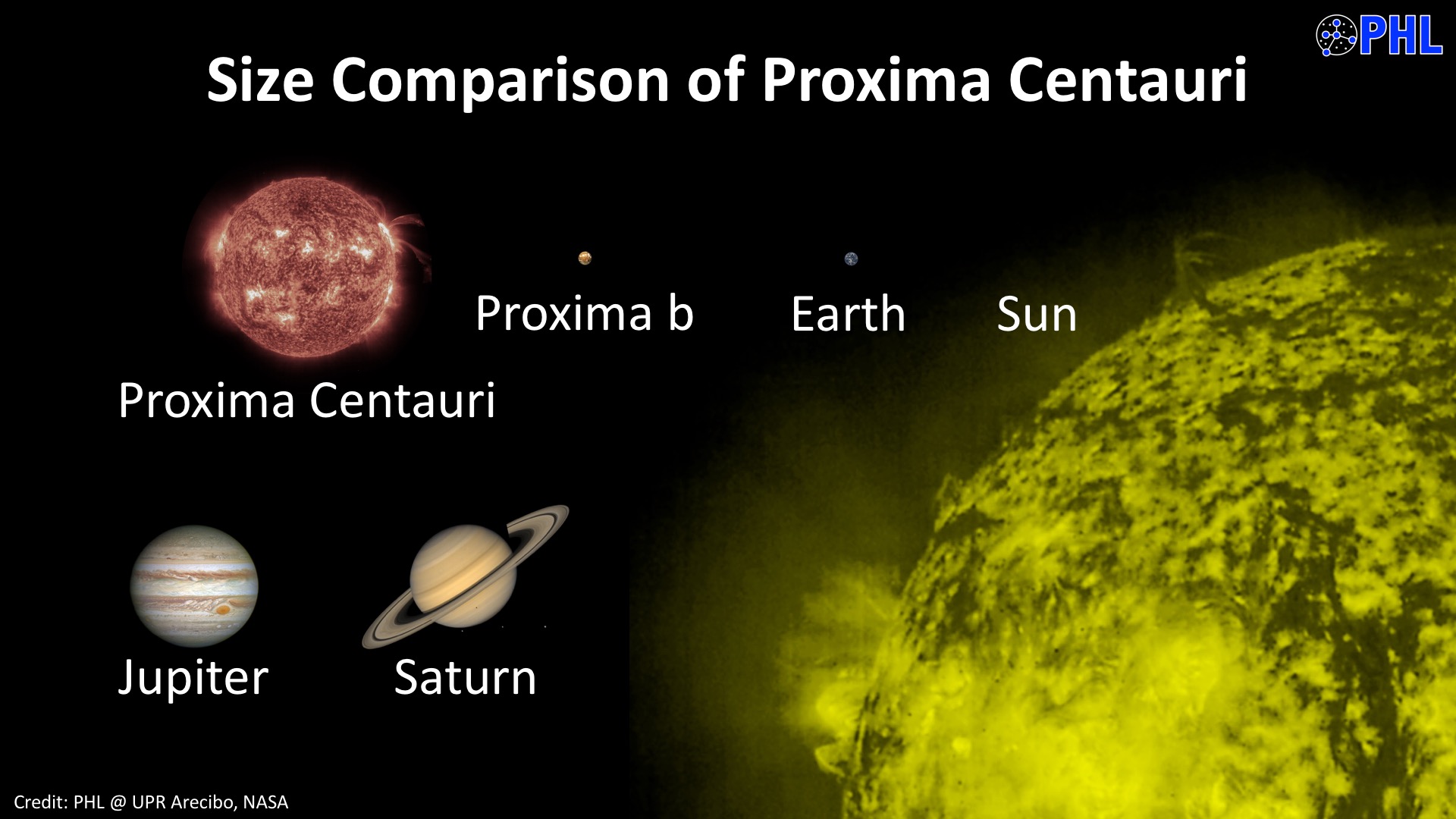In the search for
exoplanets, among all the “Hot Jupiters” and two-faced hellish domains,
scientists hope more than anything to find Earth-like worlds, ones that may
hold life. A truly breathtaking new Nature study has dramatically revealed that
a second home may exist just over 4 light-years away, in the Alpha Centauri
triple star system.
This new world dances around
the red dwarf star Proxima Centauri, which is the closest star to our own Sun.
Dubbed “Proxima b”, this exoplanet was discovered after painstaking years of
analysis of the tiny movements of its host star in response to the gravitational
pull of the planet itself. By picking apart these stellar wobbles, estimates of
the planet’s mass and physical parameters could be made.
It orbits the star every
11.2 days at an incredibly short distance of 7.5 million kilometers (4.7
million miles). It’s tidally locked, which means that one side of the planet
always faces the star, and the other remains in perpetual darkness.
The planet,
which is equivalent to 1.3 Earth-masses, is likely to be around 5 billion years
old, based on the age of the star system it's residing in.
It’s possibly terrestrial,
meaning that it has a rocky surface, and based on its temperature, it is
possible for liquid water to exist at the surface. As we know from our own pale
blue dot, where there is water, there is life. This means that Proxima b is
likely to be the nearest possible home to life outside our own Solar System.
After all this time looking
into the far reaches of space, we may have a second Earth sitting right next
door in our own cosmic backyard. Although it’s too early to definitively state
that this world is “Earth-like”, as the presence of an atmosphere and water
have yet to be shown, chances aren’t unreasonable for both being present.
“Many exoplanets have been
found and many more will be found, but searching for the closest potential
Earth-analogue and succeeding has been the experience of a lifetime for all of
us,” lead author Dr Guillem Anglada-Escudé, a senior researcher at Queen Mary
University London, said in a statement.
“Many people’s stories and
efforts have converged on this discovery. The result is also a tribute to all
of them.”
Proxima Centauri is a small
red dwarf that is 88 percent less massive than our Sun, and 99.85 percent less
luminous (true brightness). If Proxima b was at an Earth-Sun like distance from
this red dwarf, it would be a cold, dead world – but the two are actually as
close as 5 percent of the Earth-Sun distance.
This means that it’s
relatively warm, and the team has calculated that its equilibrium temperature –
its surface temperature without any atmospheric greenhouse effect being taken
into account – is -40°C (-40°F). Although this is easily below the freezing
point for water, the team notes that Earth’s equilibrium temperature is
somewhat similar, at about -20°C (-4°F).
Importantly, Earth has an
atmosphere, so the average global temperature is far above this, and liquid
water exists on our planet’s surface. Does the same apply to Proxima b?
Additional modeling shows that temperatures on Proxima b could be as high as
30°C (86°F) on its day-side and -30°C (-22°F) on its night-side if it does.
The terrestrial world,
however, also receives 100 times more high-energy radiation than Earth does
today, particularly in the form of X-rays. This could perhaps blow away a thin
atmosphere or prevent life at the surface from evolving. Although this has long
been thought by many to be a restriction for life on planets orbiting red
dwarfs, this may not necessarily be the case here.
“What’s more interesting is
the history of the planet,” co-author Ansgar Reiners, a professor of
astrophysics at the Gottingen Institute for Astrophysics, told a press
conference.
If the planet was always
this close to the star, and the star had an early violent stage wherein it
fired out vast amounts of high-energy radiation, then perhaps an atmosphere
would never have been able to form. Alternatively, if the planet was far away
at this point, or if the star never had such an energetic past, then an
atmosphere could certainly have formed – one that, despite the high-energy
radiation, may still exist today.
As for the possibility of
liquid water, that is once again down to Proxima b’s mysterious past.
There are viable models that
lead to an Earth-like planet today.”
Just recently, a project
designed to send an interstellar spacecraft to the Alpha Centauri system was
announced. Backed by Stephen Hawking, the initiative, named Breakthrough
Starshot, will surely get a huge boost from the news that a strong contender
for a second Earth is hiding away in that very same star system.







